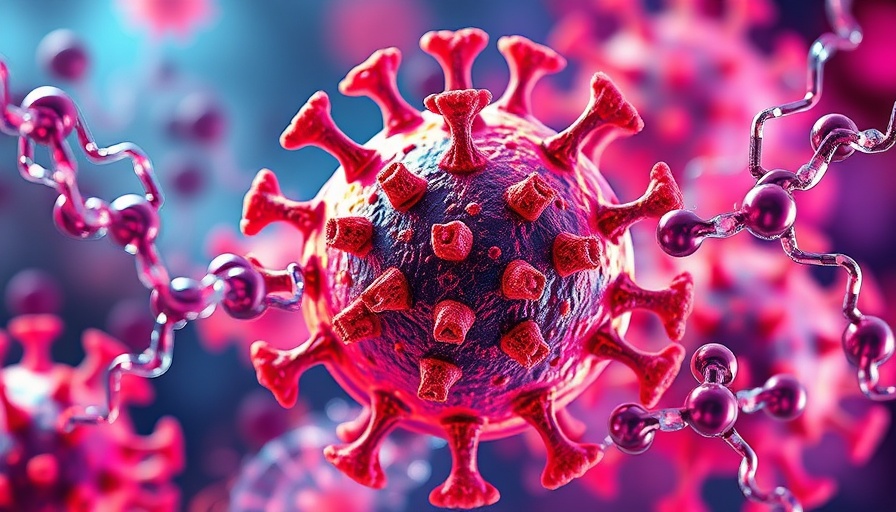
A New Challenge: The Rapid Spread of the 'Razor Blade' Variant
The emergence of new COVID-19 variants has become a recurrent theme in global health discussions, and the recent appearance of the 'Razor Blade' variant in our country is raising alarms. This variant, named for its quick transmission capabilities, signifies a new chapter in our ongoing battle against coronavirus. Health officials are now urging particular attention from older adults, who remain a vulnerable group in this ongoing pandemic.
Understanding the Razor Blade Variant
Although specific details about the Razor Blade variant are still being studied, health experts have observed its swift spread among communities. The variant showcases mutations that could enhance its transmissibility, making it easier for it to spread from person to person. This characteristic is reminiscent of previous variants that have posed significant challenges and served as important reminders of the unpredictable nature of the virus, which continues to evolve.
Why Older Adults Are Particularly Impacted
As we examine the potential impact of the Razor Blade variant, it’s crucial to understand why older adults need to be particularly proactive in safeguarding their health. With age, the immune system naturally becomes less robust, increasing susceptibility to severe infections. Furthermore, many older adults may have underlying health conditions that heighten the risk of complications if they were to contract COVID-19.
The World Health Organization (WHO) maintains that older individuals should remain vigilant, continue practicing social distancing, wear masks in crowded spaces, and adhere to vaccination schedules. These measures not only enhance personal safety but help in curbing the spread of the virus across communities.
Real-life Reflections: Stories Apart
Esther, an 82-year-old grandmother from Boston, shared her experience since the emergence of this new variant. “It feels like we’ve been holding our breath since the pandemic started,” she recounts. “Hearing about this Razor Blade variant makes me anxious, but I remind myself to stay informed and follow guidelines.” Such stories highlight the emotional toll of the pandemic on older adults and underscore the need for continuous support and community engagement.
Strategies for Healthy Living Amid COVID-19
In light of this new variant, it’s more important than ever to incorporate healthy habits into daily routines. Here are a few strategies that are especially beneficial for older adults:
- Nutrition: A balanced diet rich in fruits, vegetables, lean proteins, and whole grains boosts the immune system. Staying hydrated is also essential.
- Physical Activity: Gentle exercises, such as walking or yoga, can enhance physical health and promote mental well-being.
- Mental Health Awareness: Consider engaging in community groups or virtual meetings. Sharing experiences with others can reduce feelings of isolation.
Integrating these elements into daily life not only encourages physical health but significantly enhances overall well-being.
The Importance of Community and Connection
In these challenging times, fostering social connections plays a critical role in promoting mental health. Many older adults feel the emotional burden of prolonged isolation as they navigate through the pandemic. Regular check-ins from family, friends, or even community organizations can uplift their spirits.
Additionally, many local health organizations are providing resources such as hotlines or support groups tailored for older adults. Getting involved in or seeking these community resources can greatly enhance one’s sense of belonging and support during times of uncertainty.
Conclusion: Stay Informed and Proactive
As we confront the challenges brought on by the Razor Blade variant, older adults must prioritize their health and well-being. Engaging with healthcare providers and staying updated on official public health guidance is crucial. Remember, maintaining an informed and proactive approach not only enhances individual resilience but contributes to the collective health of our communities.
By embracing healthy lifestyle choices and fostering connections, older adults can navigate this pandemic more effectively. If you know someone who is in the older age bracket, reach out to them, check on their health, and encourage them to stay vigilant against new variants.
 Rij toevoegen
Rij toevoegen






Write A Comment